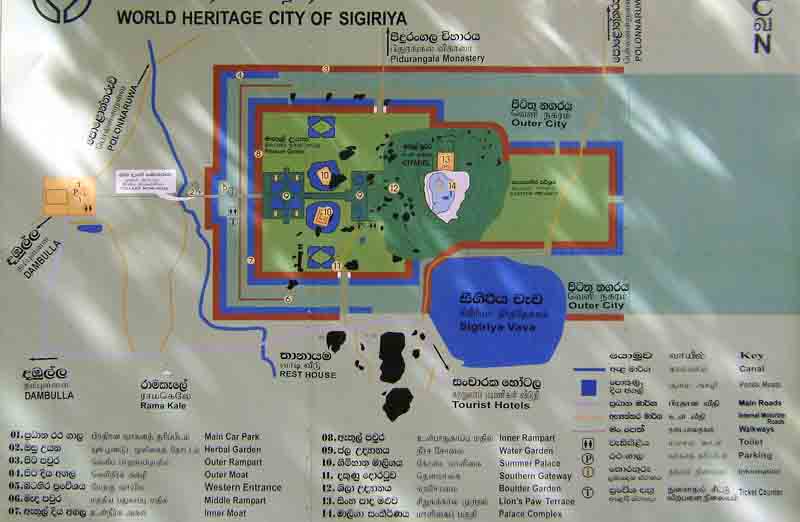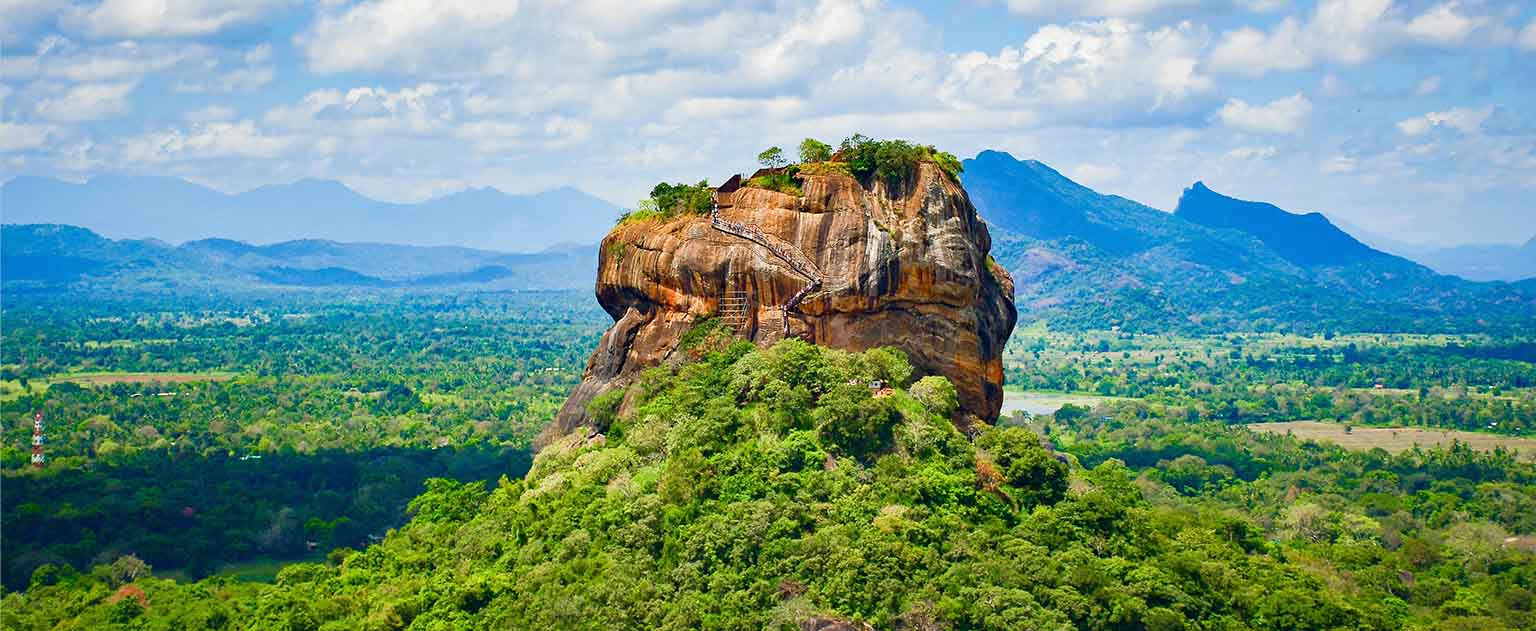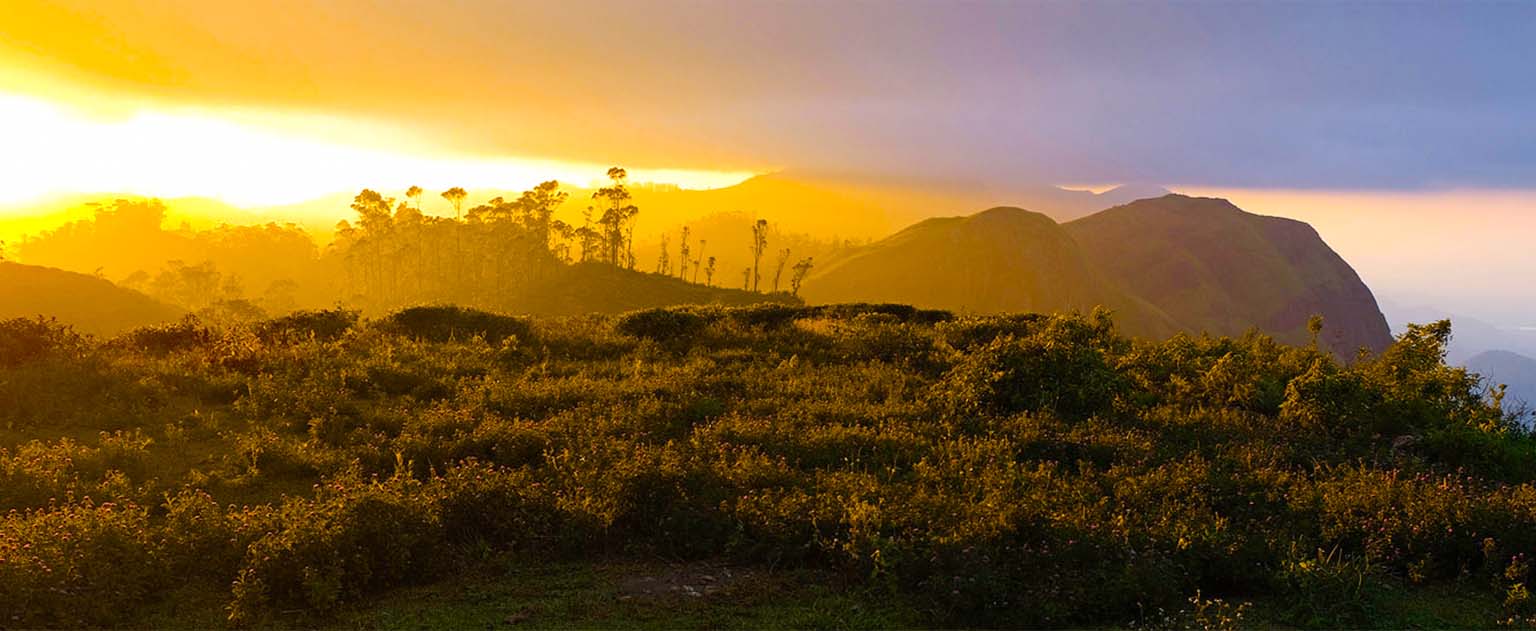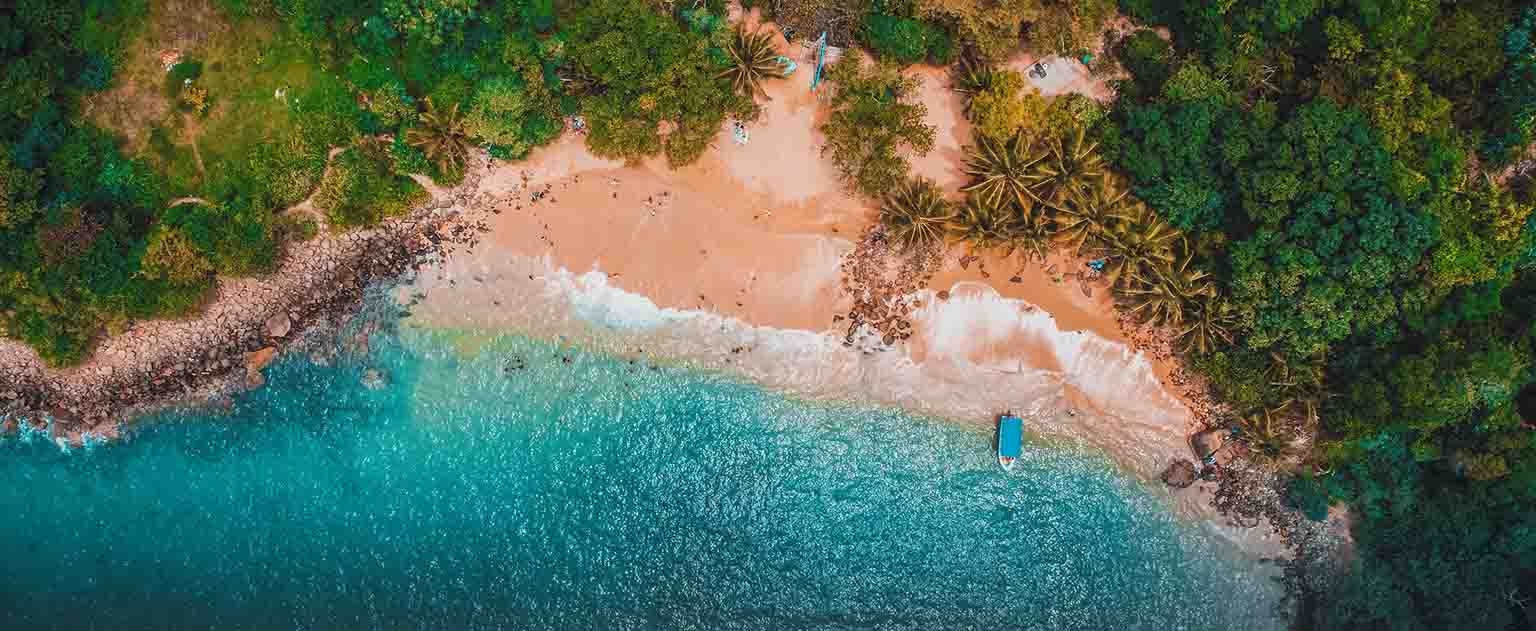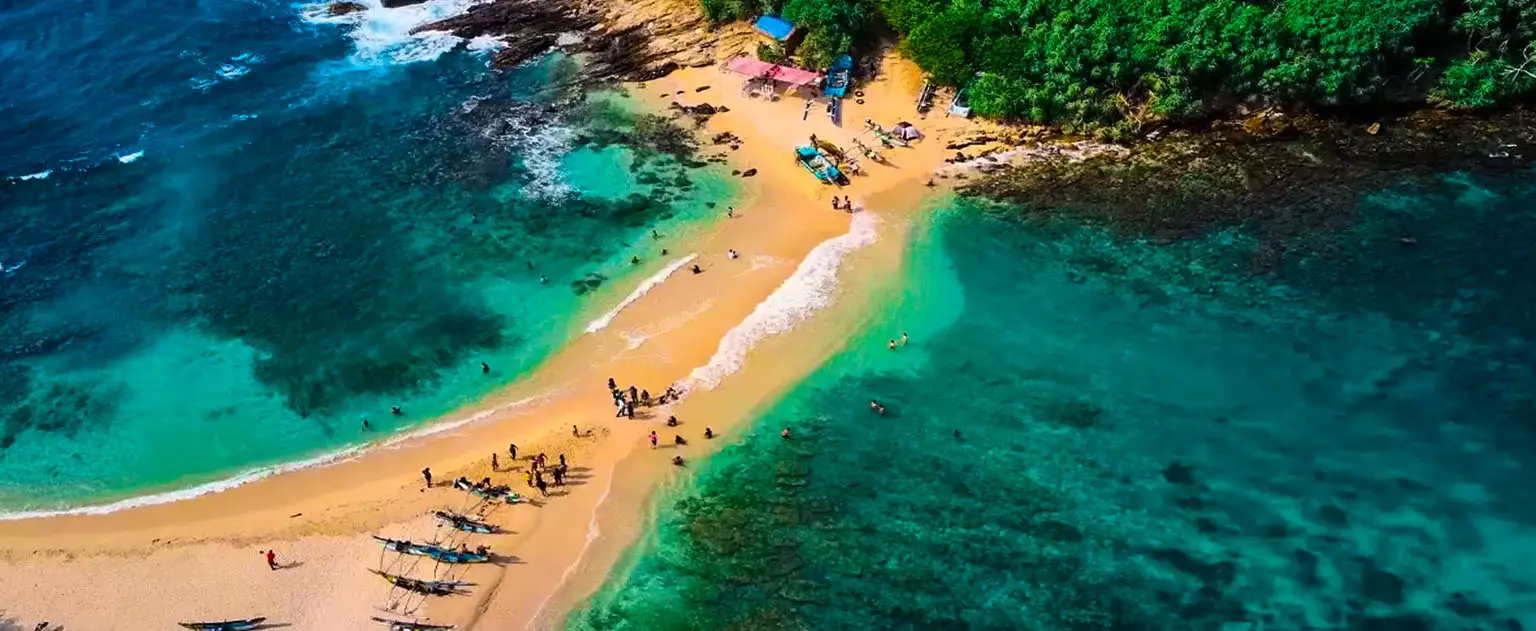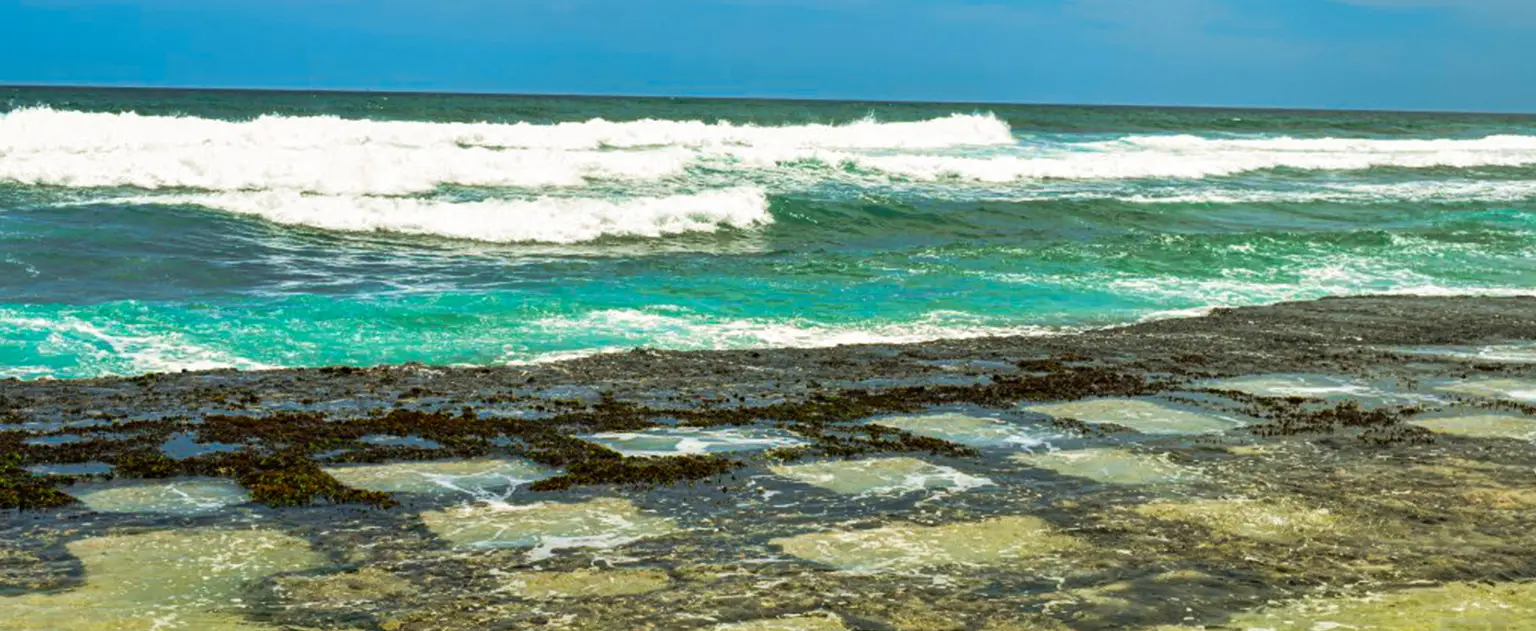Sigiriya, also known as the “Lion Rock,” is one of Sri Lanka’s most renowned sites. This massive red stone stronghold, which rises 200 meters above the surrounding plains (370 meters above sea level), captivates with its magnificence while also whispering tales of ancient civilizations and famous warriors. The stronghold, erected atop the rock, is surrounded by the relics of a vast network of gardens, reservoirs, and other facilities, making it a work of ancient urban design.
Sigiriya is rich in myth and history. According to Hindu legend, this massive rock was formerly the castle of Ravana, the famed antagonist of the epic Ramayana. Ravana is supposed to have imprisoned Sita, Rama’s wife, in the Naipena Guhava, also known as the Cobra Hood Cave, which is located inside the citadel. This notion lends a supernatural air to the place, attracting both pilgrims and curious visitors.
Sigiriya was a Buddhist monastery from the third century BCE to 477 CE before it was converted into a fortification. The quiet surroundings and natural beauty of the rock make it a perfect spot for meditation and spiritual retreat. However, the rock’s history changed dramatically with the rise of King Kashyapa.
The Reign of King Kashyapa
King Kashyapa, who ruled from 477 to 495 CE, permanently transformed the topography of Sigiriya. After gaining the kingdom through patricide, Kashyapa dreaded retaliation from the real successor, his brother Moggallana, who had fled to South India. In order to protect himself, Kashyapa relocated the capital from Anuradhapura to the allegedly impenetrable heights of Sigiriya.
Kashyapa fortified Sigiriya, building complex palaces, defensive constructions, and gardens on the rock summit and surrounding the base. The engineering prowess demonstrated in these structures is astonishing, with complicated hydraulic systems and elaborate terraced gardens that continue to amaze tourists today. Kashyapa’s rule, however, was short-lived. In 495 CE, Moggallana returned from exile and led an army that defeated Kashyapa. Following his defeat, Sigiriya was abandoned as a royal seat and reverted to its original purpose as a Buddhist monastery, which it retained until the 13th or 14th century.
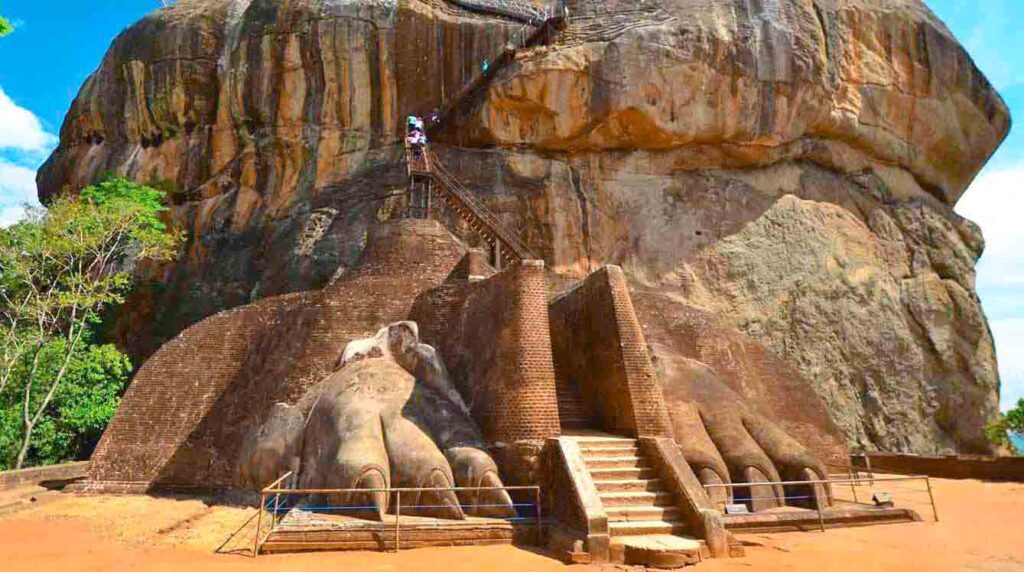
The Citadel and Its Marvels
The rock is surrounded by a fortified castle that encompasses around 15 hectares. The citadel’s uneven, elliptical form defines the outside bounds of the hill slopes around the rock’s base, resulting in a series of tiered gardens that fit in with the surrounding boulder-strewn environment. These terraces, along with rock shelters and pavilions, highlight the unique architecture of the boulder gardens to the west and east of the citadel.
To the west of the citadel is a symmetrically constructed royal park or pleasure garden with intricate water-retaining structures and complex hydraulic systems. This area is surrounded by three ramparts and two moats, resulting in a rectangular configuration with inner dimensions of about 900 by 800 meters.
The eastern side of the citadel extends into what is known as the “eastern precinct” or “inner city,” a rectangular region surrounded by thick earthen ramparts, entrances, and the remains of an ancient moat. Beyond this is the “outer city,” a vastly undeveloped area that comprises suburban villages and the man-made Sigiriya Lake.
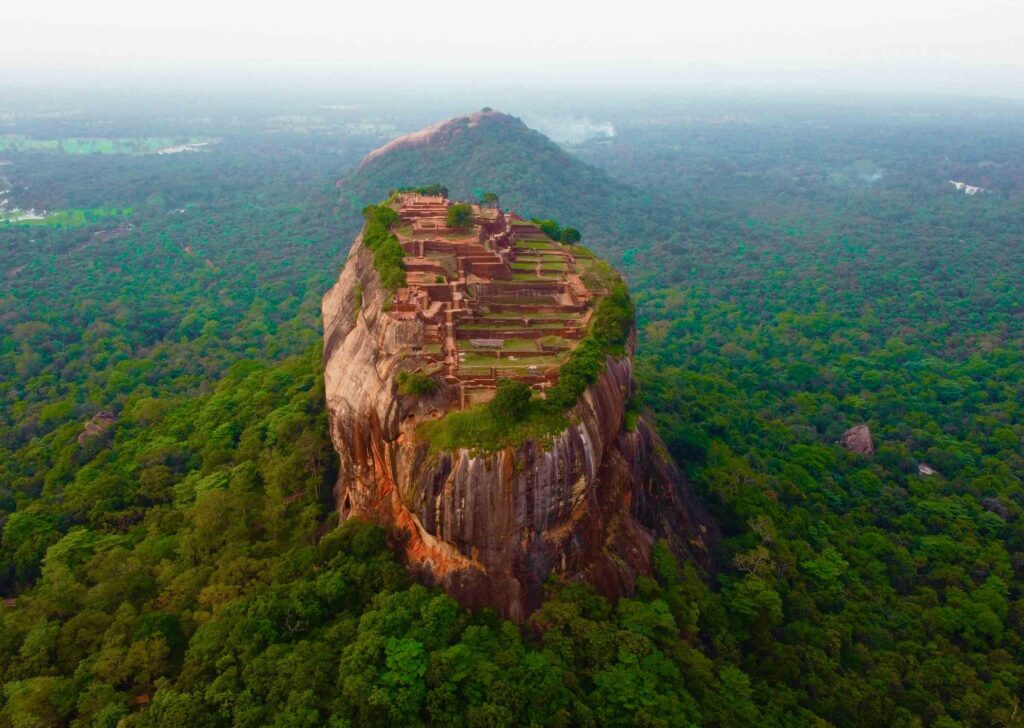
A Masterpiece of Urban Planning
One of the most notable features of Sigiriya is its exact and inventive urban planning. The city is designed as a square module, with the layout extending outward from the royal complex at the rock’s peak. The eastern and western entrances are exactly aligned along the central east-west axis, whilst the royal water gardens and moats have a symmetrical “echo plan” that reflects the arrangement on either side of the north-south and east-west axes.
Sigiriya is more than a castle; it exemplifies the ingenuity and vision of ancient Sri Lankan civilization. Its combination of natural beauty, architectural brilliance, and historical significance makes it an unforgettable wonder—a must-see for anybody touring Sri Lanka’s rich cultural legacy.
